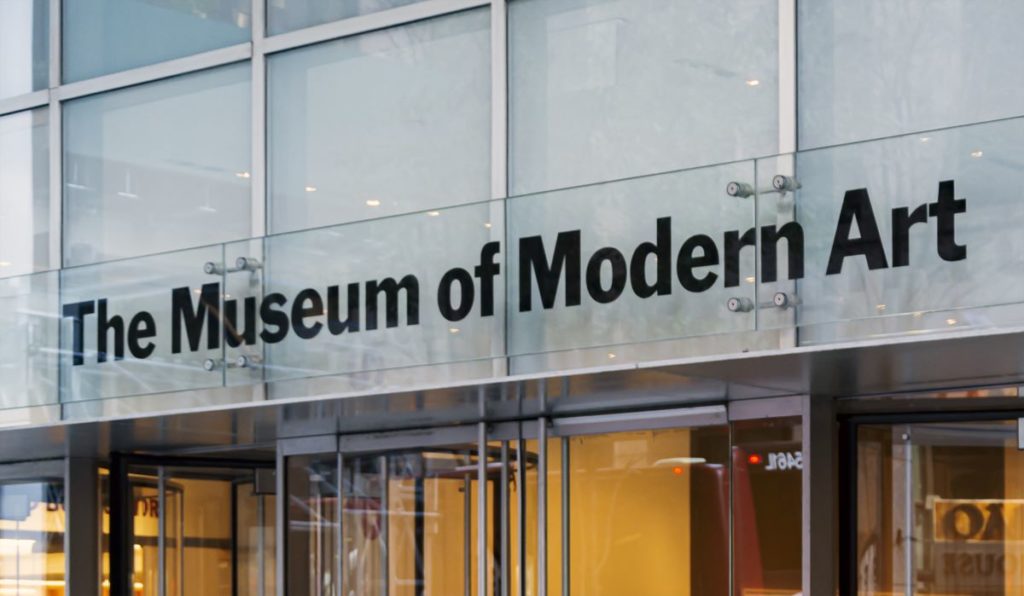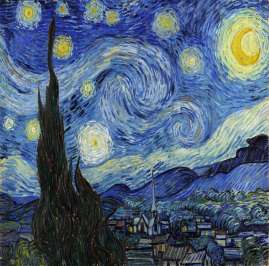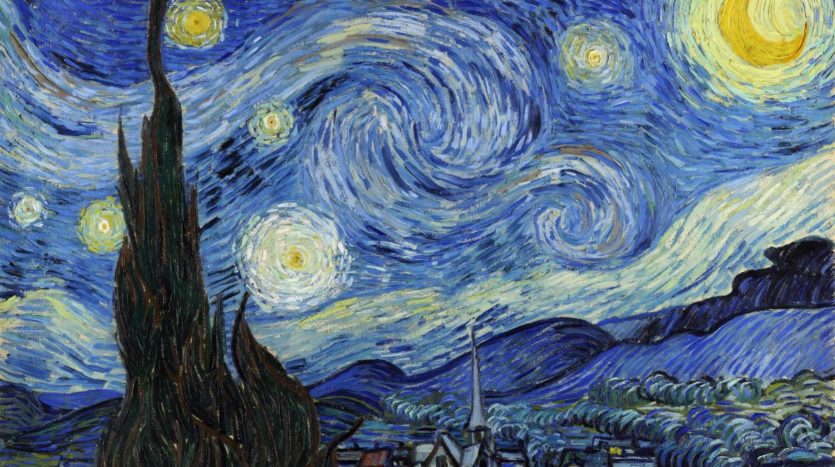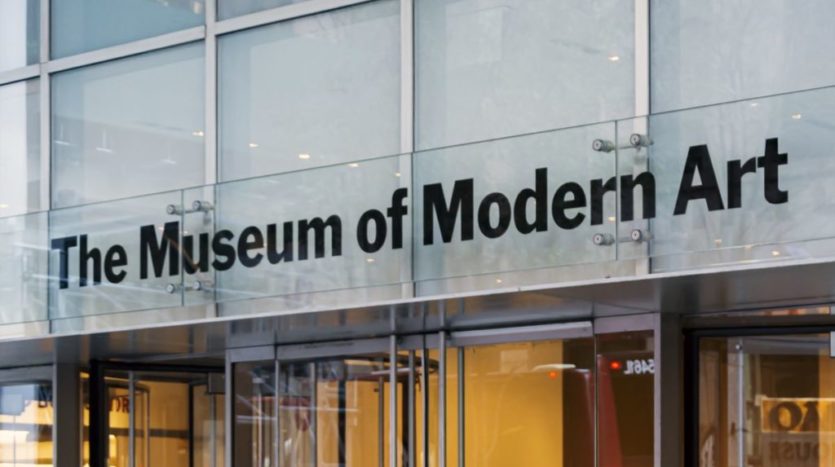Van Gogh’s Starry Night, More Color Than Darkness
It is considered by some to be his finest work. Van Gogh’s psychological troubles, which eventually to his death at the age of 37, are said to be reflected in the Starry Night.
One thing is certain: no one is unaffected by the Post-Impressionist art, which depicts a calmer image of the night than normal, as if it were an invitation to introspection and meditation. Simultaneously, the painter may be attempting to free himself from his drawing, since he feels alienated from the life that develops there – or from the world in general. The artist created two Starry Night pieces, the first in 1888, which we shall cover today, and the second the following year.
Van Gogh, intrigued by the stars
Vincent Van Gogh was born in 1853 and died in the arms of his brother Theo in 1890, two days after shooting himself in the chest and suffering for two days. His visit in Arles in February 1888, two years earlier, is said to have piqued the artist’s fascination in the night and prompted him to explore capturing what he perceived as lovely on paint.
Several works from the months that followed bore testament to this worry. “A Starry Night with cypresses or, maybe, over a field of ripe wheat,” he told his brother Theo. “But when will I do the starry sky, this picture that constantly troubles me?” he grumbled to his painter buddy Emile Bernard. “I now definitely want to paint a starry sky,” he said to his sister Wilhelmina in a letter. The night, it seems to me, is even more vibrantly colored than the day, with the deepest purples, blues, and greens. If you look closely, you’ll see that some stars are lemony, while others have pink, green, blue, and forget-me-nots. And, without going into detail, it is self-evident that putting white dots on blue dark is insufficient to create a starry sky.”
A work that gives color to the night

Van Gogh decided to act in September 1888 after receiving this letter of praise from his sister. He transcribes the nighttime hues he detects by cleverly picking a location on the banks of the Rhône that allows him to catch the reflections of the gas lights on the river’s water. Prussian blue, ultramarine, and cobalt are the most common blue tones. As it ascends to the heavens, the bright sky on the horizon, as lighted by the city, darkens. The stars themselves gleam like diamonds, and some of them form a well-known figure: the Big Dipper.
On the water’s surface, city lights seem orange, contrasting starkly with the darkness and brightening up the scene. A loving pair on the pier adds to the overall sense of calm and helps to make the night a romantic and enjoyable experience rather than a source of concern.
The prominent position given to the night sky might also recall the human being’s insignificance in comparison to the grandeur of the sky. The similar observation may be made about the river’s breadth. The metropolis seems like a thin ribbon, an unrolling of human life’s fleeting existence. In any event, the picture seems less bleak than other works dealing with night at the period, such as Winslow Homer’s Summer Night from 1890.
The fate of the painting
For the sake of the narrative, the Mediterranean peace radiating from the painting cannot be equated to the restlessness that resides inside the painter’s thoughts. He threatened Gauguin with a razor blade in December 1888, then used it on himself to chop off his ear.
The Starry Night was initially shown in 1889 at the annual exhibition of the Society of Independent Artists in Paris, with another work by Van Gogh, the Irises. It is still on display at the Orsay Museum in the capital today.
Vincent Van Gogh created an astonishing 900 paintings and 1,100 drawings and sketches throughout his lifetime. When he died, his brother received everything, followed by Johanna Bonger-Van Gogh, his brother’s wife. If the collection had little financial value, Johanne and Van Gogh’s entourage went about publicizing her skill and letters, which were first published in periodicals and subsequently in books.
The Starry Night panorama, which Van Gogh captured more than 130 years ago, still remains today. A picture, which bears a strong likeness to the artwork, attests to this. As a result, you have two options for admiring the work: The Orsay Museum or the Rhône River!




